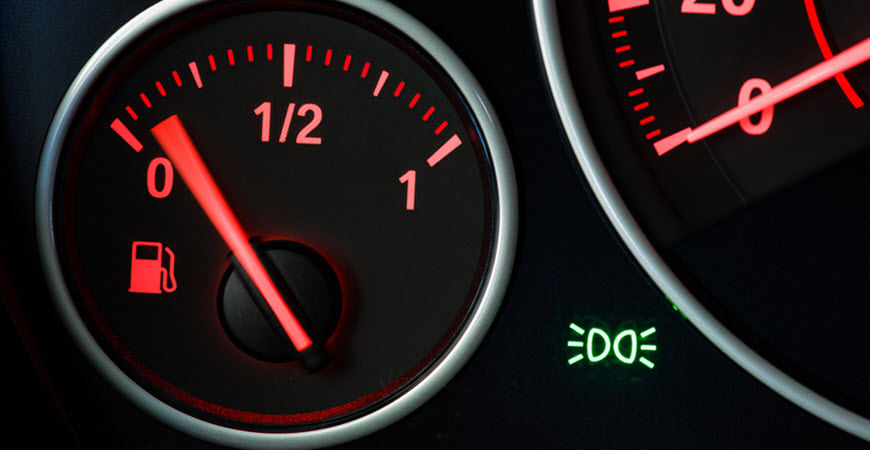Minis are probably available in more colors and designs than any other vehicle on the planet. They are perfect for those drivers looking to express their individuality as they hit the road. They are not just a fashion accessory. Mini’s are also packed with sturdy engineering and intelligent innovations designed to make any drive feel amazing. Put simply, when it comes to these little cars, there really is not a lot to criticize.
However, something which no driver likes is part failure. There are many reasons why part failures occur but they are almost always exacerbated by time, use,and sub-par maintenance practices. With this in mind, we’re going to take a closer look at the fuel gauge of your Mini, find out how it works, what causes it to fail,and the symptoms that can occur when it does.
A Bit More About the Fuel Gauge
Also known as the fuel gauge sender or fuel gauge sending unit, the fuel gauge is a component that is found in your Mini’s gas tank. This part floats in your Mini’s gas tank and sends information that operates the fuel level gauge on your Mini’s dashboard. The gauge is made of a float, an arm, and a resistor that will change according to the level of fuel in the gas tank, dropping the fuel level gauge on your dash as the fuel drops.
What can cause the fuel gauge to fail?
The fuel gauge sender and the fuel level gauge are two sides of the same coin. When one part fails, it will typically impact upon the other. As this system is simple, there are only a few ways in which it can fail, which is great for diagnosis:
1. Sending Unit Failure
Issues with the sending unit is the most common reason why the fuel gauge system fails. If the sending unit becomes damaged or worn out, it may incorrectly report upon the fuel levels in the tank, warning that the fuel is low when it isn’t and vise versa.
2. Circuit Problems
Like many systems in your Mini, the fuel gauge system is electrical. Issues with the circuits can also cause part failure. This is usually caused by loose connections and corrosion.
3. Fuel Gauge Level Failure
Less common but still possible, the fuel level gauge may fail. This occurs when the internal circuits are faulty. It will often result in the gas gauge level only able to display a limited range of gas levels, such as only up to half full.
Symptoms of Failure
Like with causes of failure, there are also only a few symptoms of fuel gauge failure, meaning it is an easy issue to identify should it occur. Listed below are the symptoms you’ll want to look out for.
1. Erratic Fuel Gauge Level
Keep an eye on your dash often, as the first symptom of a fault in the fuel gauge system is an erratic fuel gauge. When the fuel gauge sender becomes faulty, it may send incorrect information to the gauge level, resulting in the level suddenly changing positions or giving an inaccurate reading.
2. Fuel Level Gauge Stuck on Empty
Another typical symptom of failure is a fuel gauge level that is stuck on empty. If the float malfunctions or becomes separated from the arm, or if the resistor fails, then it is likely the system will assume this is because the fuel is empty.
3. Fuel Gauge Level Always Reads Full
Probably the least common sign of failure is a fuel gauge level that constantly remains at full. This is typically caused by a faulty resistor. This can be dangerous, as it can result in your Mini suddenly running out of fuel at an unexpected moment.
Repairs
As your fuel gauge sender isn’t typically looked at  as part of your standard servicing routine, it is important that drivers are aware of these potential symptoms of failure so that you can respond quickly, should they arise.
as part of your standard servicing routine, it is important that drivers are aware of these potential symptoms of failure so that you can respond quickly, should they arise.
If you do begin to notice these failure symptoms in your Mini, and you live in or around Englewood, Littleton, Centennial, Denver, CO, then you should book an appointment at Dart Auto as soon as possible. With years of experience and excellent customer service, our knowledgeable team will be sure to get to the bottom of your gauge problems in no time.
